The Fu Symbol Meaning: Why Is the Chinese "福" Upside Down?
The Chinese character 福 (Fú) is one of the most recognizable and cherished symbols in Chinese culture. But if you've ever seen it displayed during Chinese New Year, you might have noticed something strange: it's often upside down! This isn't a mistake; it's a deliberate tradition filled with deep meaning. This article explores the complete Fu symbol meaning, its historical roots, and the fascinating story behind the upside down Fu.
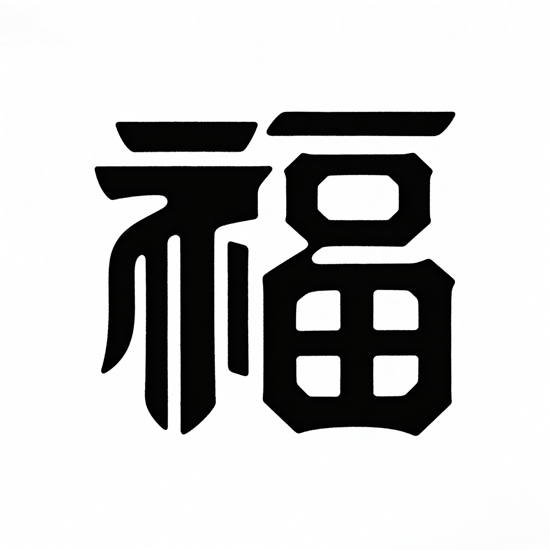
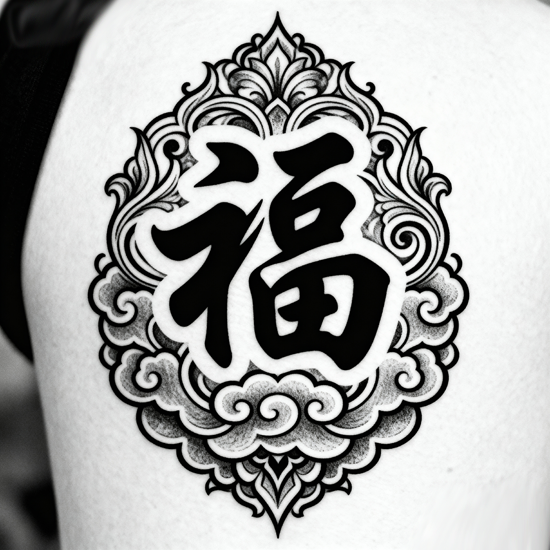
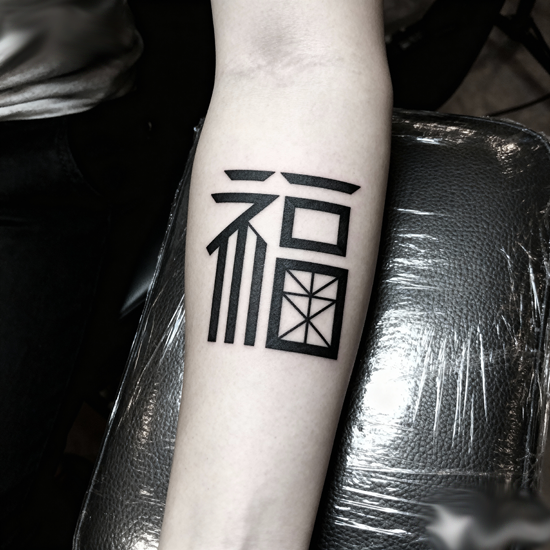
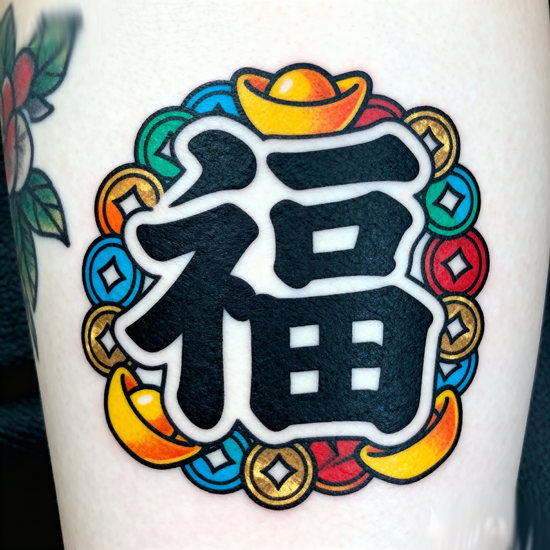
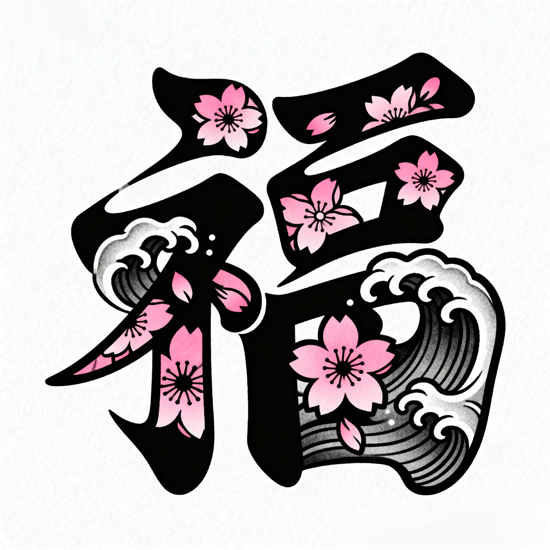
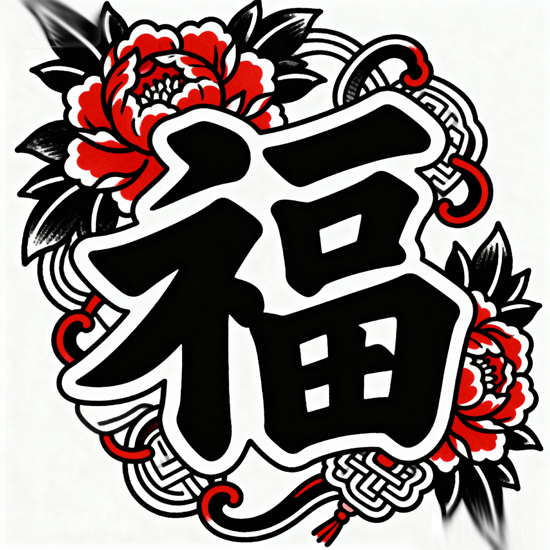
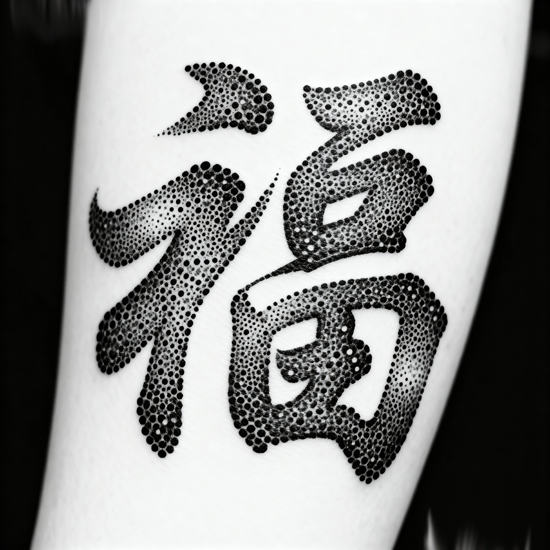
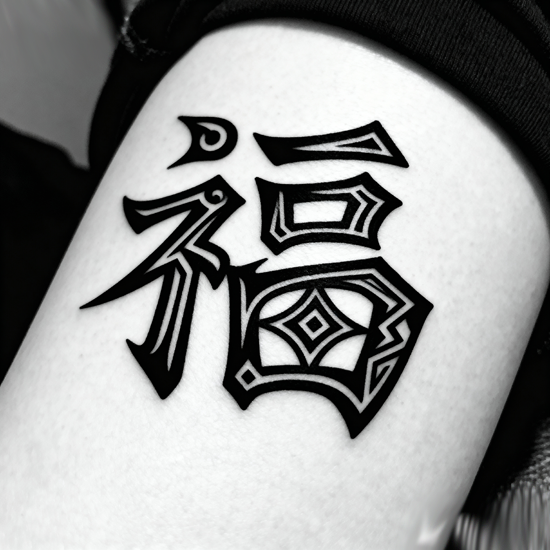
What is the Fu Symbol? The Core Meaning
At its heart, the Chinese character Fu means "good fortune," "blessings," "happiness," and "prosperity." It is a visual and philosophical representation of all the good things one wishes to invite into their life. You will see it everywhere during the Lunar New Year, on doorways, windows, and decorations, serving as a powerful charm for the coming year.
The character itself is beautifully constructed. While its modern form is somewhat stylized, it historically combines elements that suggest abundance and spirituality, reflecting its connection to a blessed and prosperous life.
The Upside Down Fu Meaning: A Play on Words
So, why is the Fu symbol upside down? The answer lies in a clever and beloved pun in the Chinese language.
These two words, 倒 and 到, are perfect homophones – they sound exactly the same.
Therefore, when you 倒 (dào) the 福 (fú) character, it symbolizes the 到 (dào) of good fortune. An upside down Fu literally means "blessings have arrived" or "good fortune is pouring into your home."
This playful twist of language and imagery makes the tradition incredibly popular. It’s a way to actively express the hope for blessings to come, rather than just passively wishing for them.
How to Use the Fu Symbol Correctly: Tradition in Practice
The tradition of displaying the upside down Fu character follows a specific custom:
Timing: It is typically displayed on the first day of the Chinese New Year celebrations or just before.
Placement: The most common place is on the main entrance door to the home, welcoming blessings as they cross the threshold. It can also be placed on windows, walls, and in important rooms.
The "Right" Way: The character is deliberately pasted upside down. You might even see people say the phrase "福倒了 (Fú dào le)" — "Good fortune is upside down/inverted" — as they put it up, to verbally activate the pun for "福到了 (Fú dào le)" — "Good fortune has arrived."
The Fu Character Beyond the New Year
While most prominent during the Lunar New Year, the Fu symbol meaning extends to other areas of life. You will find it engraved on jewelry, embroidered on traditional clothing, and carved into furniture and architecture. Its universal message of hope and prosperity makes it a timeless symbol, not confined to a single holiday.
Conclusion: More Than Just a Lucky Charm
The Fu symbol is far more than a decorative item; it is a cultural capsule containing the values of hope, wordplay, and the active invitation of positivity. Understanding the Fu symbol meaning, especially the story of the upside down Fu, provides a wonderful glimpse into the heart of Chinese cultural traditions. So the next time you see an upside down Chinese character for luck, you'll know it's a joyful declaration that blessings are on their way.
福的笔顺【Writing order】丶フ丨丶一丨フ一丨フ一丨一







